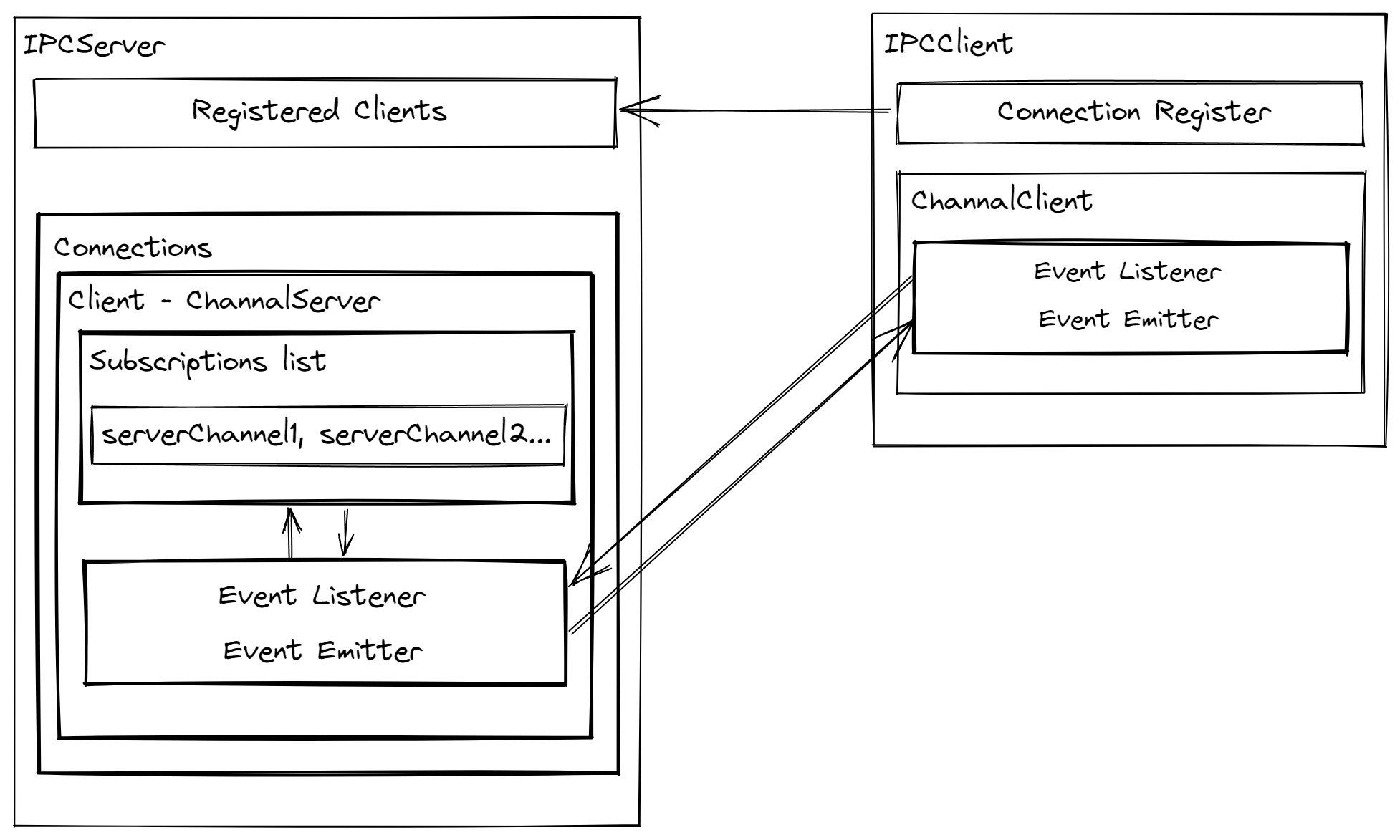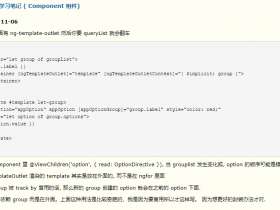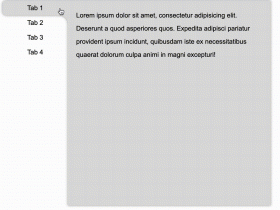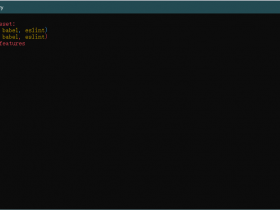- A+
在上一篇中,我们一起分析了 VS Code 整体的代码架构,了解了 VS Code 是由前后端分离的方式开发的。且无论前端是基于 electron 还是 web,后端是本地还是云端,其调用方式并无不同。
这样的架构下,前后端的通信方式是如何实现的呢?本篇我们将一起来探究 VS Code For Web 的进程间通信方式。
进程通信与调用方式
进程间通信协议
对于多进程架构的项目,进程之间的通信会通过进程间调用 (Inter Process Calling, IPC)。VSCode 中自己设计了专门的 IPC 模块来实现通信。代码位于 src/vs/base/parts/ipc。
export const enum RequestType { Promise = 100, PromiseCancel = 101, EventListen = 102, EventDispose = 103 } 从 enum type 可以看出,VSCode 的 IPC 模块同时支持两种调用方式,一种是基于 Promise 的调用实现, 另一种是通过 Event Emitter/Listener 的那一套事件监听机制来实现。
以事件监听机制为例,VSCode 中采用 vscode-jsonrpc 这个包来封装实现,调用方式如下:
import * as cp from 'child_process'; import * as rpc from 'vscode-jsonrpc/node'; let childProcess = cp.spawn(...); // Use stdin and stdout for communication: let connection = rpc.createMessageConnection( new rpc.StreamMessageReader(childProcess.stdout), new rpc.StreamMessageWriter(childProcess.stdin)); let notification = new rpc.NotificationType<string, void>('testNotification'); connection.listen(); connection.sendNotification(notification, 'Hello World'); 服务端调用也采用类似的包装:
import * as rpc from 'vscode-jsonrpc/node'; let connection = rpc.createMessageConnection( new rpc.StreamMessageReader(process.stdin), new rpc.StreamMessageWriter(process.stdout)); let notification = new rpc.NotificationType<string, void>('testNotification'); connection.onNotification(notification, (param: string) => { console.log(param); // This prints Hello World }); connection.listen(); 进程间通信单元
为了实现客户端与服务端之间的点对点通信,我们需要一个最小单元来实现消息的调用与监听。在 VSCode 中,这个最小单元即为 Channel。
/** * An `IChannel` is an abstraction over a collection of commands. * You can `call` several commands on a channel, each taking at * most one single argument. A `call` always returns a promise * with at most one single return value. */ export interface IChannel { call<T>(command: string, arg?: any, cancellationToken?: CancellationToken): Promise<T>; listen<T>(event: string, arg?: any): Event<T>; } 每次通信过程,需要客户端与服务端处于同一个 Channel 中。
进程间通信建连
在 VSCode 中,客户端与服务端之间的通信建立是通过 Connection 类来建立,通过传入客户端与服务端的 Channel ,即 ChannelClient 与 ChannelServer 来实例化连接。
interface Connection<TContext> extends Client<TContext> { readonly channelServer: ChannelServer<TContext>; readonly channelClient: ChannelClient; } 它们之间的区别是,由于服务端可以同时对多个客户端服务,因此支持多个 Channel 的获取,而ChannelClient 为一对一连接。
综上,我们就梳理清楚了 VSCode 中 IPC 模块的基本架构,了解了进程间的通信细节。
用一张图总结梳理一下知识点:

由于 VSCode 的 IPC 模块天然支持异步能力,因此事实上它并不区分进程是本地进程还是远端进程,只要是通过 Channel 通信的,都可以被认为是进程间通信,都可以复用相同的代码编写。




